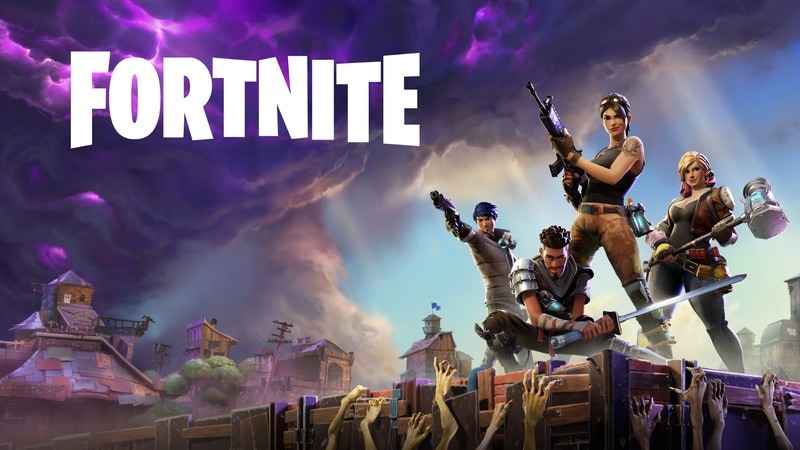After multiple rumours and leaks, Fortnite has finally hit the Nintendo Switch and Fortnite Battle Royale is available for download via the Nintendo eShop. With a download size of around 2GB, we decided to take it for a spin in both docked and handheld modes for the Nintendo Switch and it seems to be rather underwhelming. Here’s why.
Firing up Fortnite for the first time on the Nintendo Switch prompts you to create or link an Epic Games account – it’s necessary if you want to carry over your progression, skins, and emotes from Fortnite on another device. You won’t be able to link a Fortnite account that you’ve used with the PS4 version of the game though, as Sony has disallowed console crossplay for the game.
Once you’re done with that, you’re treated to menus and an interface that’s similar to what the game has to offer on other platforms, right down to the use of buttons which would be familiar to anyone who has played the game on a console. Disappointingly, you won’t be able to use the Switch’s touchscreen at all. Every action in the game, from movement to swapping out weapons has you using the Joy-Con or a controller. It’s far from ideal considering the screen space you have to play with it is a lot more than what you get compared to the mobile versions of the game.
Compounding the issues further are Fortnite’s visuals on the Nintendo Switch. If you were expecting performance on par with current generation iPhone model such as the iPhone X or iPhone 8 Plus, think again. It appears that Fortnite isn’t running anywhere near the Nintendo Switch screen’s native resolution of 720p with blurry textures and slightly muddy image quality which put a damper on the proceedings.
Playing it in docked mode with a bigger screen shows off a game that looks like it’s running on the lowest preset on PC. There’s a lot of pop-in with elements such as grass, shadows, and even trees suddenly emerging as you close in on an area. In both docked and handheld mode it seems that Fortnite Switch has no anti-aliasing with character models and environments appearing with jagged edges aplenty. It just looks rough. In fact, we’d go as far as to say docked mode is the worst way to play Fortnite on the Nintendo Switch.
Thankfully the frame rate stays steady through and through so be it tense firefights or parachuting out of a battlebus at the start of a round, Fortnite never gets unplayable. That said, it doesn’t feel like 60fps, and probably is at a locked 30fps. Throw in surprisingly responsive controls and smart use of the rumble feature present in the Joy-Con and Nintendo Switch Pro Controller, and Fortnite feels better than it looks. Just keep your Switch charger close. In about half an hour of gameplay we lost around 20 percent of battery which is on the higher side considering games like Xenoblade Chronicles 2 last around three hours on a full charge.
So was Fortnite on the Nintendo Switch worth the wait? In the past we’ve seen games like Doom, FIFA 18, and LA Noire make visual trade-offs when releasing on the Switch, and despite Fortnite’s vivid, punchy art direction, its graphical failings are evident. It simply doesn’t look that good in either docked or handheld mode.
If you’re already playing it on the PS4, Xbox One, PC, or iOS, at this juncture the Nintendo Switch version of Fortnite is far from ideal. In fact, it’s probably the worst way to play Epic’s battle royale sensation right now. Hopefully Epic Games brings all its expertise from optimising those versions of the game over to the Nintendo Switch in the near future. Right now, if you have a Switch, you’re better off playing other multiplayer games like Splatoon 2.
If you’re a fan of video games, check out Transition, Gadgets 360’s gaming podcast. You can listen to it via Apple Podcasts or RSS, or just listen to this week’s episode by hitting the play button below.



